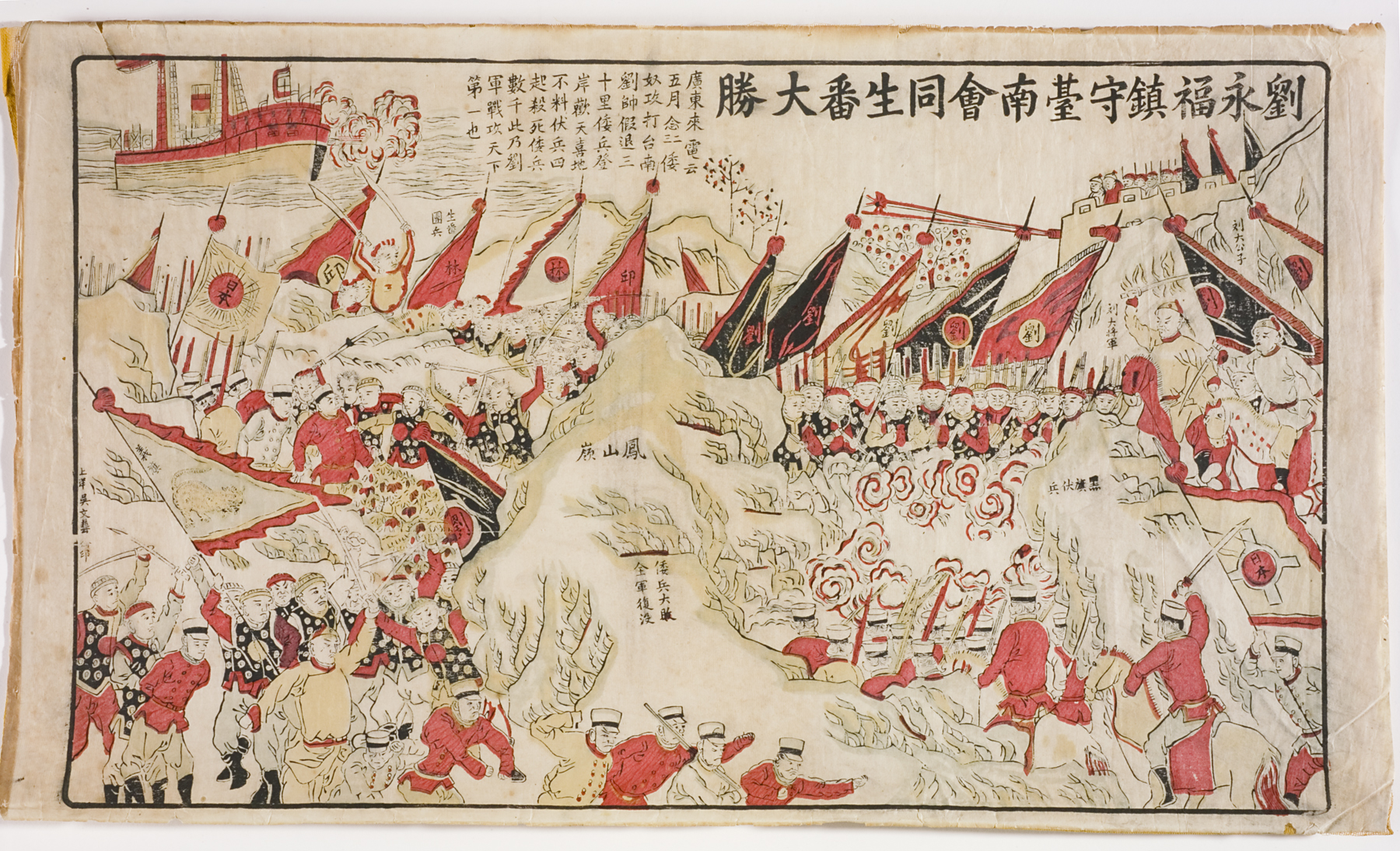The Art of Stories Told
Exhibition Overview

Stories of the heroism of Japan’s samurai were a rich source for literature, plays and the visual arts. The Spencer’s Asian art collection offers a bountiful variety of paintings, sculptures and prints that either tell stories or parts of stories, or represent subjects whose stories have been passed on from one generation to the next, even spreading to neighboring countries. These stories, whether religious, military, comical, supernatural, or historical, were popularly transformed into a visual language for a great variety of purposes. They served educational, decorative, propagandistic, and morally uplifting purposes and the details of each illustration and way of representing each version varied over time and in each region. Some stories were illustrated with a single scene or figure while other more complex tales have been conveyed through numerous scenes. This exhibition, organized by Veronica De Jong, the Spencer’s Carpenter Foundation intern in Asian art, seeks to introduce museum visitors to popular stories that reflect the diversity of Chinese and Japanese literary and oral traditions from all levels of society. It also aims to highlight some of the myriad techniques used by artists and artisans to tell these stories.



























